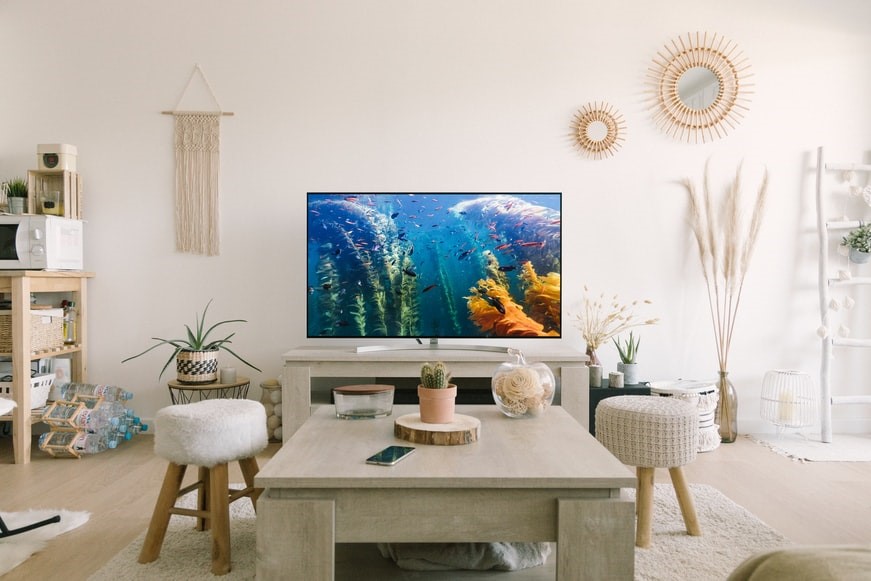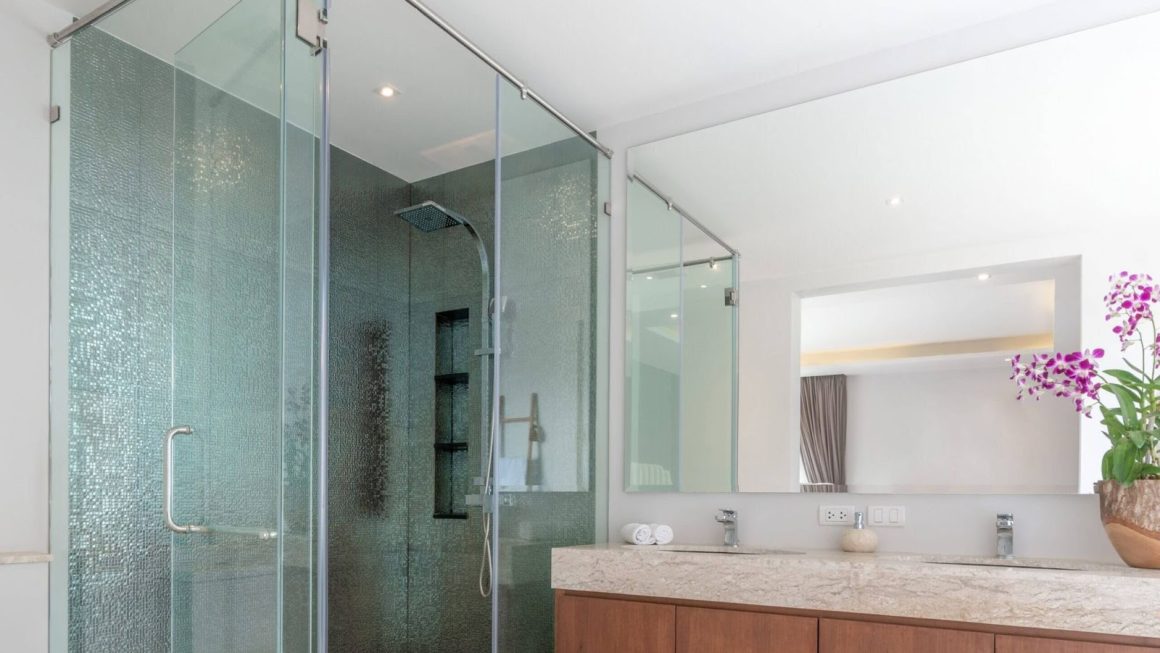After a tiring day, all you want to do is come home, relax, and watch your favorite TV show. But what if your current TV cannot give you the experience you deserve? It might be time for an upgrade.
If you are new to the TV market, consider investing in an OLED model. These televisions are known for their superior picture quality and contrast ratios. But how do you choose the perfect one for your home?
Follow these simple tips to ensure the best investment in your next OLED TV purchase.
1. Display Quality
You want to binge on your favorite series in the best possible visibility, so be sure to pay attention to the display. Look for an OLED TV with a high resolution and wide color gamut. This will make sure that you get the most vibrant and realistic image possible.
If possible, ensure that you get the 4K 65UN7300PTC for your home. You may also consider an 8K, but not many videos are available in this format, and you would be overspending.
Additionally, check the refresh rate of the display. A higher refresh rate ensures better image quality and a more realistic experience. Try to find the highest possible refresh rate that your budget can afford.
Finally, check the viewing angle of the OLED TV for the best picture quality from all seating positions in your home. Some TVs have a viewing angle as narrow as 30 degrees, while others boast a much wider angle of around 160 degrees. Your choice will depend on the size of the room and your sitting position.
2. Screen Size
OLED TVs come in various sizes. Even with the highest resolution, you can get small screens of 20 inches or less. But the market also varies with brand and model, with screens as large as 77 inches.
The most popular OLED TVs are between 50 and 60 inches. The right size of the TV screen for you will depend on the size of your room and how far away you plan to sit from the TV while watching.
In general, it is ideal to have a screen size that is about half the distance between your eyes and the TV. For instance, if your screen is at a distance of 10 feet, get a TV of 60 inches for the best visibility. However, everything is about preference. Therefore, this formula may not work for everybody.
3. Sound Quality
Even with the best picture quality, your experience will be terrible if the sound is not good. Nowadays, many OLED TVs have excellent built-in speakers. However, some people might still want to invest in a soundbar for the best possible experience.
If you are looking for an OLED TV with the best possible sound quality, look for one with Dolby Atmos technology. This system creates a three-dimensional soundscape that will make you feel right in the middle of the action.
Additionally, check how many watts the speakers have. The more watts, the louder and sharper the sound will be. Most importantly, pay attention to reviews to see what other users think about the audio of a particular model before making your purchase.
4. HDR Compatibility
High-dynamic-range imaging is a standard for most new TVs on the market. It significantly improves picture quality by increasing the range of contrast and brightness. This technology allows for a greater luminance, resulting in brighter colors and more detail in dark scenes.
Almost all OLED TVs are HDR compatible, but some are better than others. Check the specs of the TV you are interested in to ensure it will give you the best possible HDR experience.
Some TVs have a wider color gamut and higher peak brightness than others, making them ideal for HDR content. Try to find an OLED TV that meets or exceeds the Ultra HD Premium certification. It will ensure that you get the most out of your HDR content.
5. Connectivity
Modern TVs have more than one input for connecting to other devices. For example, you might want to connect your TV to a sound system, Blu-ray player, or gaming console.
You do not want a situation where you have to disconnect other devices before you plug in others. Having multiple input channels allows you to connect all of your devices consecutively.
Most OLED TVs have different input types, including HDMI, USB, VGA, and Ethernet. Wireless connectivity is also an essential part of any modern TV. Be sure to check the specs of the TV you are interested in to see which input types it has.
6. Price
Every great feature comes at a cost, and OLED TVs are no different. The price of these TVs has come down in recent years, but they are still more expensive than most LCD models.
When considering the price, be sure to factor in the other features of the TV. For example, a TV with a higher resolution will be more expensive than one with a lower resolution.
It is also necessary to consider the brand of the TV. Some brands, such as LG and Sony, are more expensive than others. But in general, you can expect to pay between $1000 and $5000 for a high-quality OLED TV.
Summary
An OLED TV is a vital part of your home decor and entertainment. It is apt to consider all of the essential features before making your purchase. Some factors to consider include picture quality, sound, HDR, and price.



